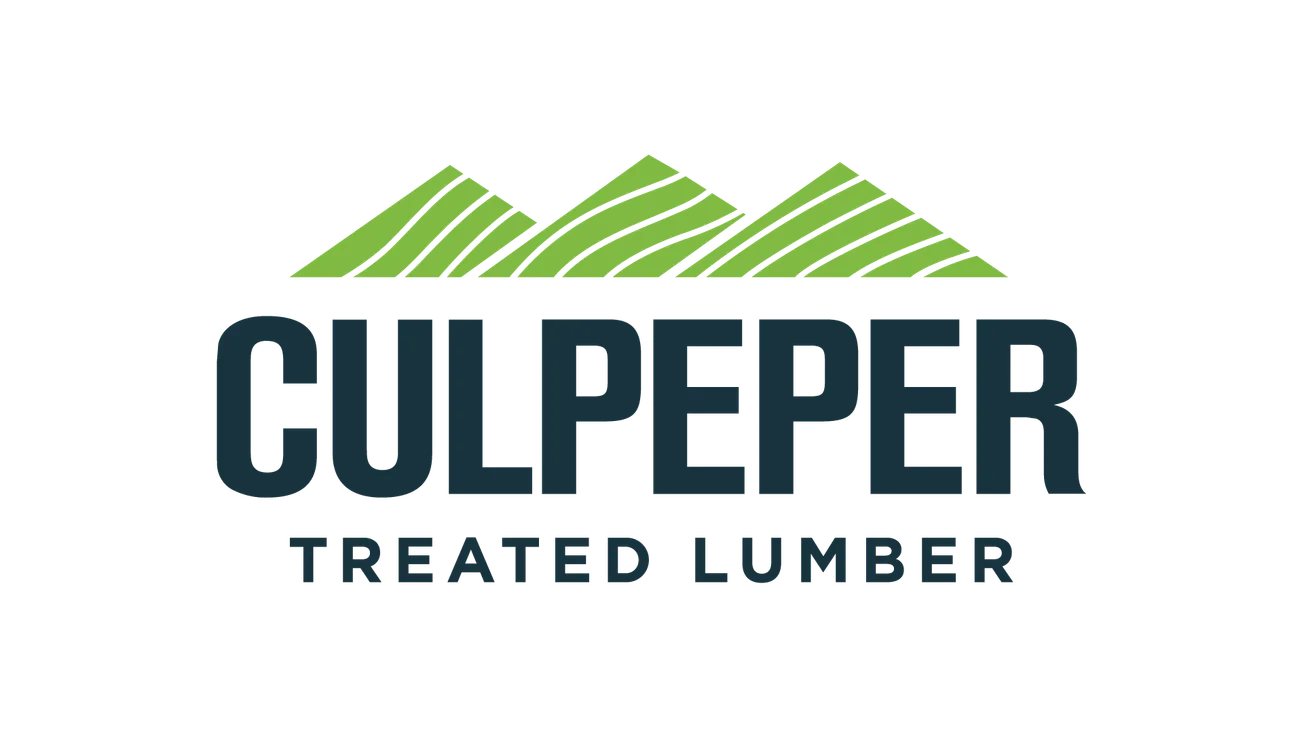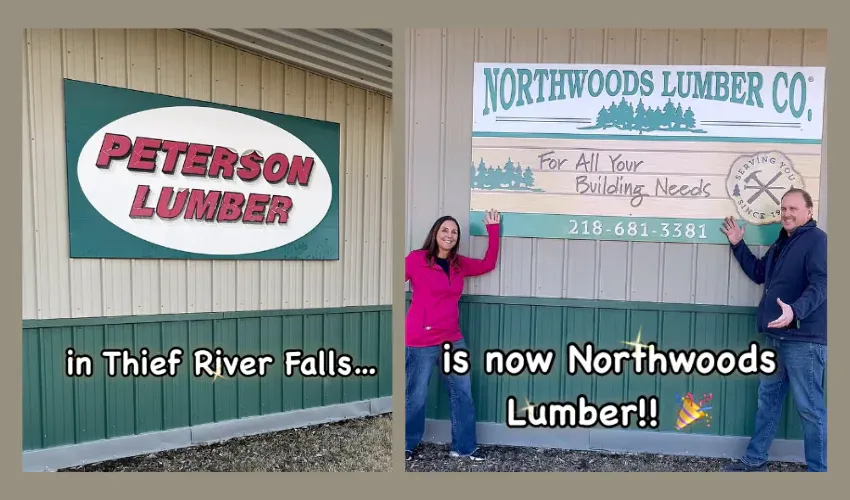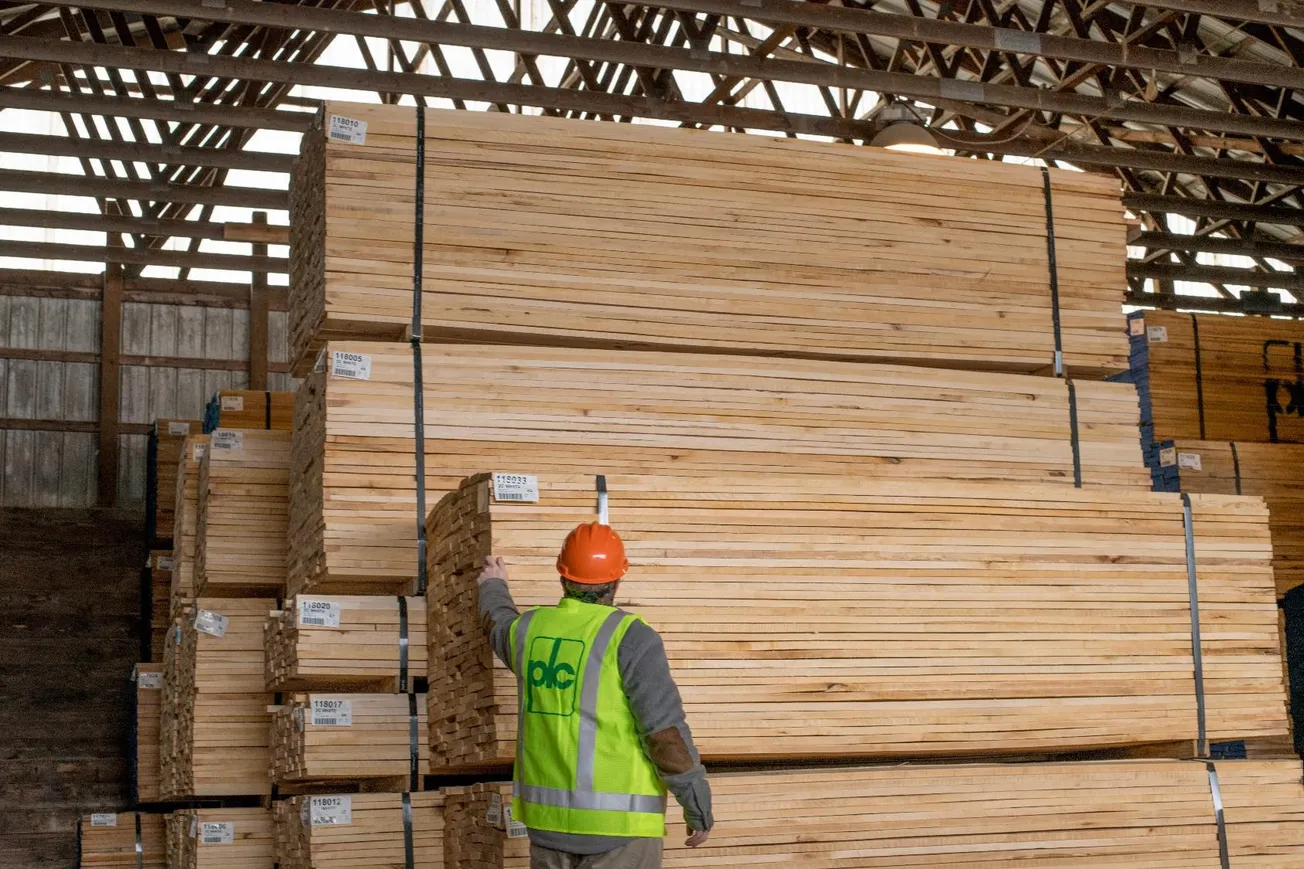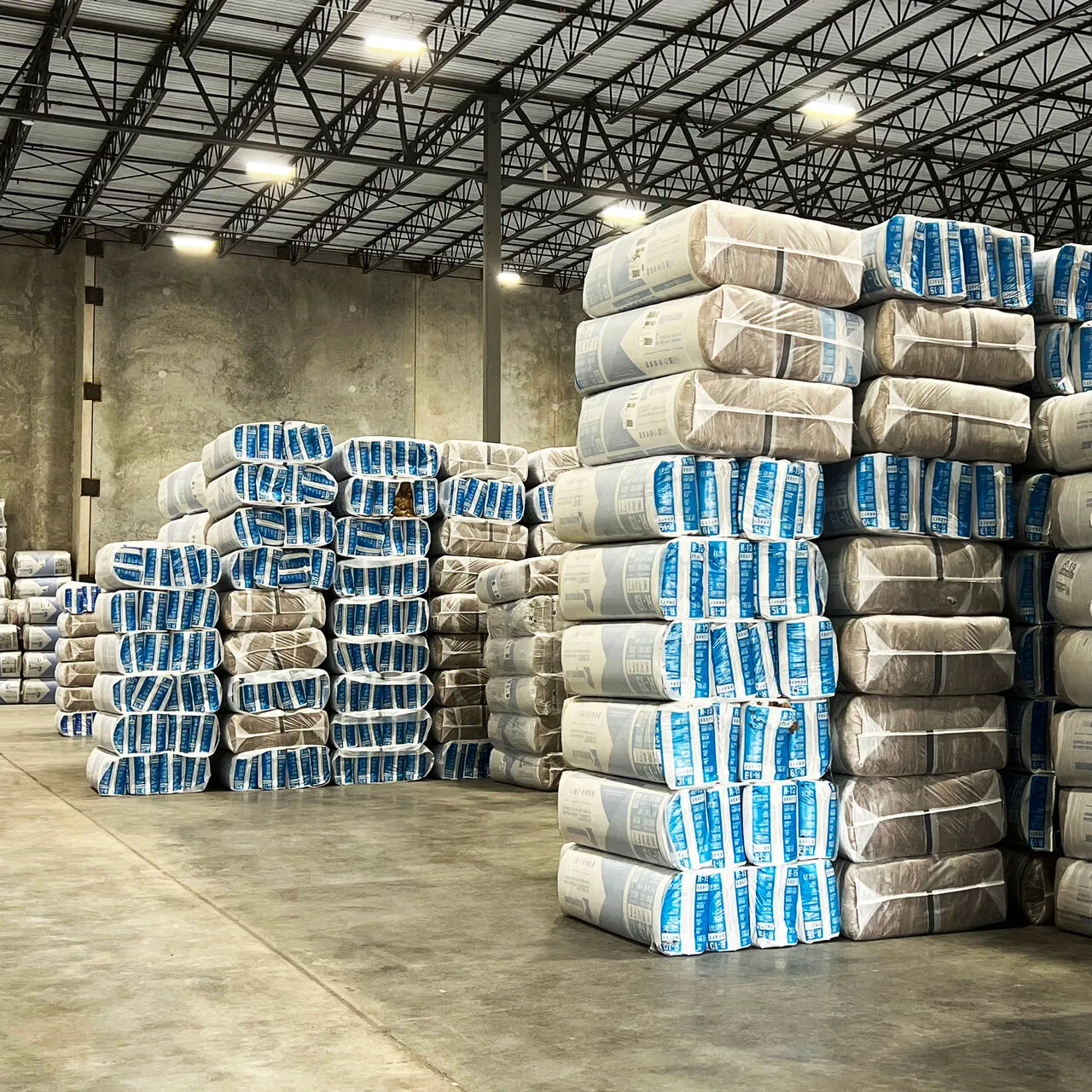Table of Contents
WHEN SOMEONE STARTS searching for a new contractor or company to work with for a building project, what is the first thing they do before hiring them? They Google the business, read reviews, visit the company’s website, and skim its social media pages. In today’s digital world, and in our visual industry, it is only becoming more important to keep up with your business’s social media channels.
At 84 Lumber, we are on just about every social channel—from Facebook to LinkedIn to TikTok—and we’ve learned a few things along the way. Hopefully these five tips help you get started or help you grow your existing social media pages.
- Identify your goals & target audience
It can be overwhelming thinking about all the various social platforms and different types of posts you can do. To help narrow things down, first identify what your goals are and which audience you’re trying to reach. Are you looking to connect with other businesses? Gain more customers? Hire more skilled workers?
There is no need to overwhelm yourself and jump onto every platform right away. Once you analyze who your audience is and which platform they are on, stick to one or two platforms that you can really focus on and engage with. Use the hashtags your audience is searching, follow others and comment on their content.
- Post & respond consistently
Once you create your pages and start getting followers, it’s important to respond to them quickly and to keep them engaged. It’s more important that you’re consistently putting content out there instead of making sure the content is perfect. If we come with the mindset that everything needs to be perfect, nothing will get done. So, don’t be afraid to use real, unedited photos and of your work. Your friends, family and customers will love to see it!
- Take and share before, during & after project photos
For us, it just seems like another work day, but the public loves knowing what’s going on behind the scenes! Don’t be afraid of documenting your day and taking before, during and after photos whenever possible. At 84 Lumber, we love sharing photos of vendor and customer projects—and our followers love it, too! The construction industry is visual, so make sure to leverage that.
- Share tips, tricks & educational content
It might be tempting to try to sell your product or services with every post, but it is important to not turn every post into a sale. Instead, think about what people really want to see when scrolling through their feeds. Social media is a storytelling medium, and with each photo or video you post, you’re telling a story. Giving quick tips, “life hacks” and how to’s will keep people coming back for more, as they’ll find value from your content.
- Maximize your reach through targeting & paid strategies
Once you’re comfortable with your channels and posting consistently, you can start using the paid features to reach an even larger audience. Depending on the platform and your goals, you can boost individual posts or your entire page. Social media is becoming more and more of a pay-to-play channel—even as little as $25 a month can do a lot for your business pages.
If you ask five different people about this topic, you will get five different answers! There is so much to social media, and this is just scratching the surface, but hopefully this helps you feel confident enough to get started. Social media is a great way to stay in touch with your network, build new connections and display your work. If you haven’t started a social media page or two yet, now is the time!









